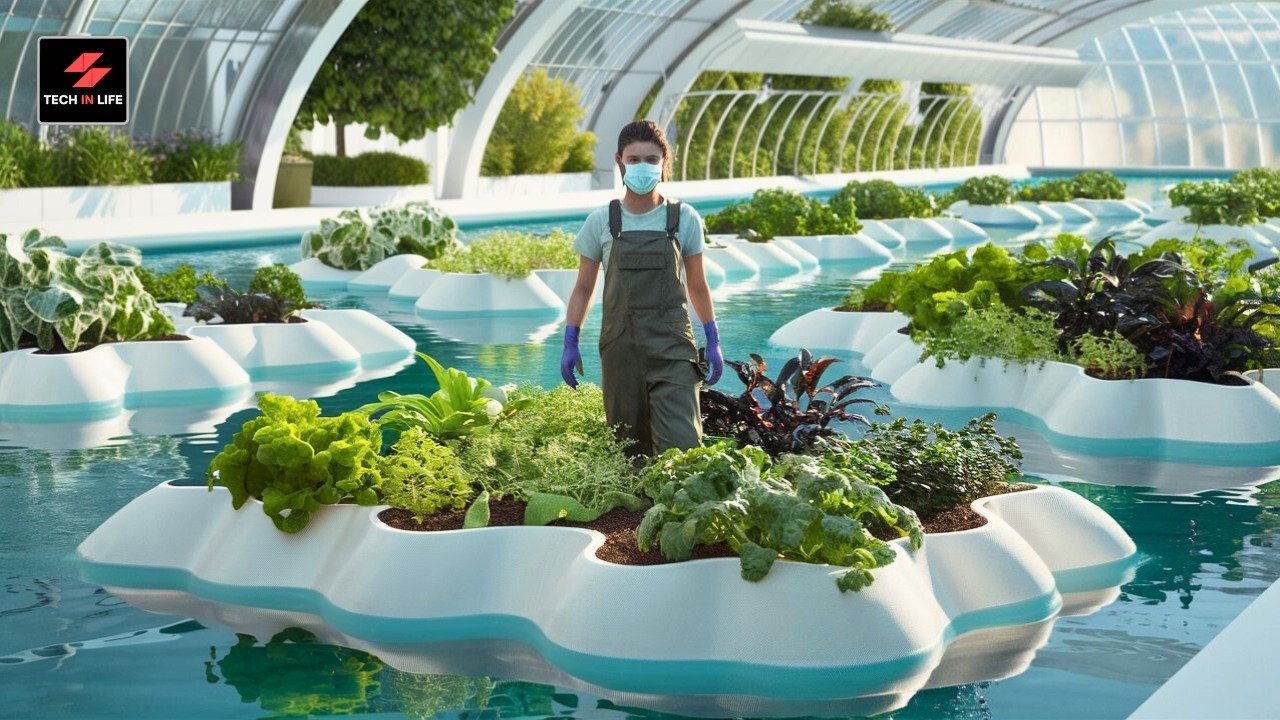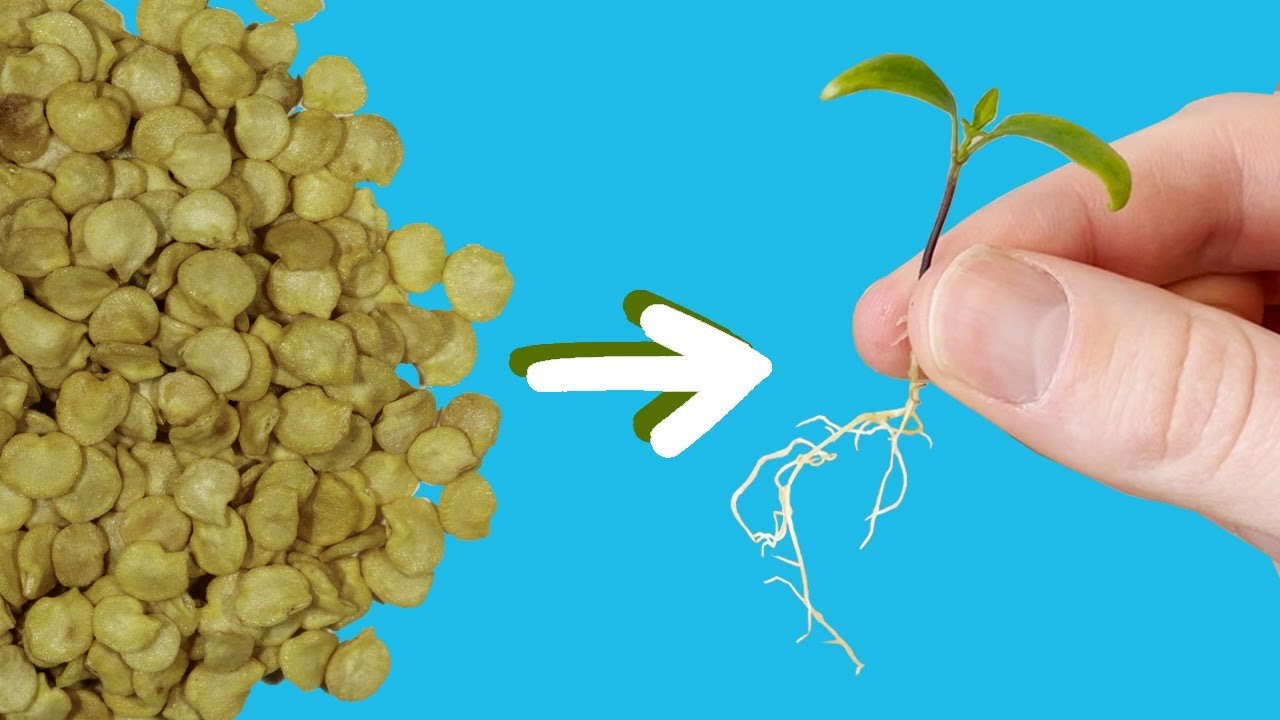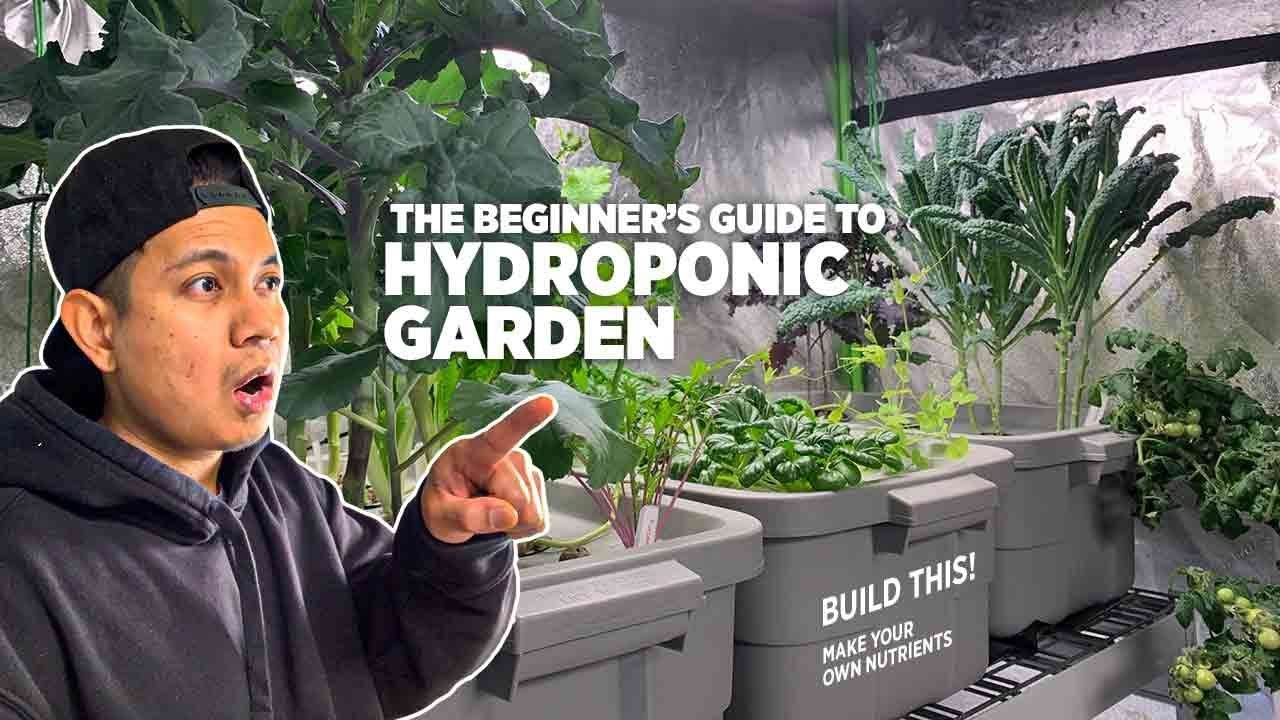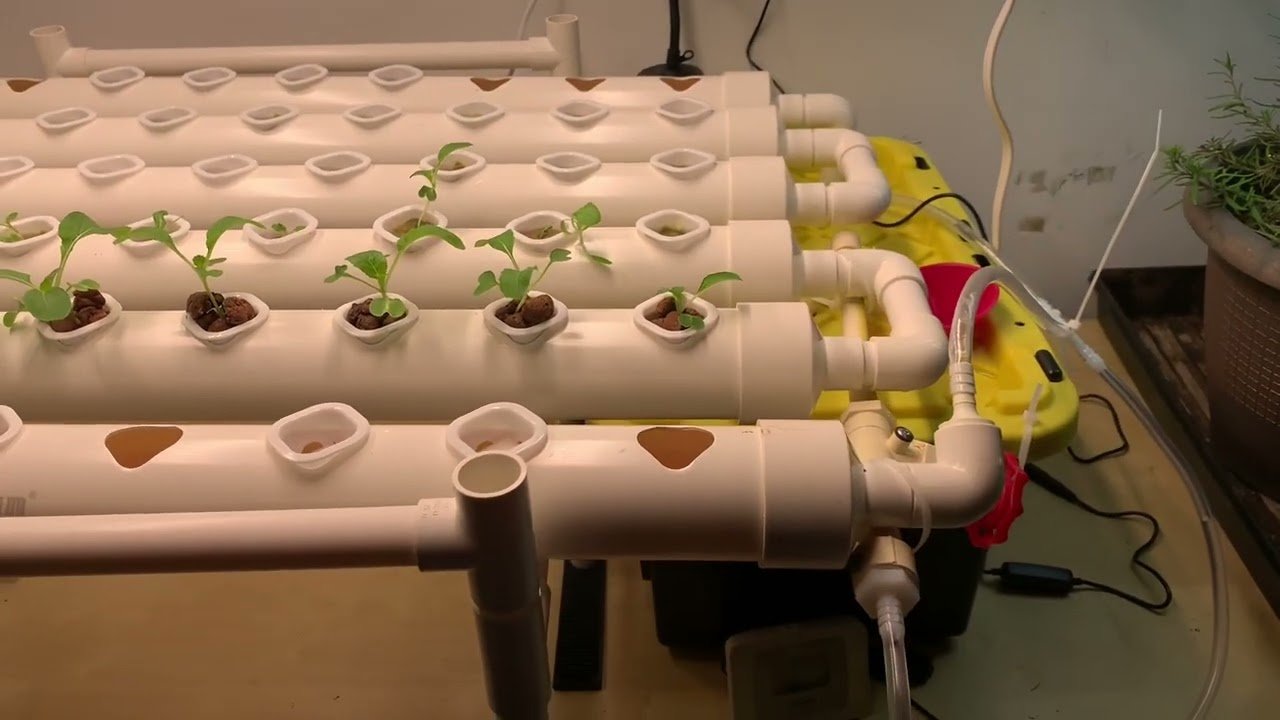My Aquaponics Adventure: A Misadventure in Greenery
You know, sitting here with my coffee, I can’t help but chuckle at the memories of my aquaponics project. It was one of those bright Spring mornings when the sun seemed to laugh down at all my grand plans. Small towns like mine always feel like they’re perched on the edge of potential. I decided to channel that optimistic energy into what I thought was going to be my magnum opus—a self-sustaining system that combined plants and fish to create a little piece of tranquility in my backyard.
The Dream
Armed with nothing more than a pocketful of enthusiasm and a couple of YouTube videos, I figured I was ready. Who needs a manual, right? I started scouring my shed for materials. My first finds were an old fish tank and some PVC pipes leftover from God knows what. I remember dragging that tank out with a distinct whiff of stale water lingering in the air. It was like a reminder of a time when I thought I could keep fish in my bedroom; that did not go well.
But here I was, all grown up and ready to create a water-garden heaven. I was going to use tilapia because they’re hardy and breedable. Plus, they had the advantage of being edible, which is a bonus if this whole venture didn’t pan out the way I imagined.
It All Begins
So, I got to work, cobbling together my system with sheer willpower. I set up the fish tank, integrated the PVC pipes for my plants, and connected everything with an old aquarium pump I found tucked in the corner of the shed. Man, I was so proud! That evening, as I perched on my rickety lawn chair, I thought I’d nailed it. The warm sun kissed my cheeks while I envisioned fresh herbs and juicy vegetables, a veritable Eden flourishing in my own yard.
Then, reality struck.
The first few days were blissful; the water was crystal clear, and I even threw in a couple of neon tetras just to get the ecosystem rolling. But about a week in, I noticed something strange. The water started turning green. Like the shade of algae you’d see in a poorly maintained swimming pool. It was a funky, murky mess.
Facing the Music
By now, I was in full-blown panic mode. I was convinced I was ruining everything. I recall standing at the edge of the tank with my coffee, looking into the murky depths like a lost soul, trying to decipher my mistakes. Was it the type of fish? The pH level? Did I somehow offend the aquatic gods?
I scoured forums and spoke to anyone who would listen—friends, family, even that sweet lady at the local gardening store. “You need to cycle your tank properly, or you’ll never get it right,” she said. Cycle? What’s this cycling nonsense? Logic dictated that putting fish in water would suffice, right?
On my next trip to the store, I picked up water-testing kits because who doesn’t love a good science project by the kitchen table? Watching those test results felt like reading a mystery novel—plot twist after plot twist. Turns out, everything was out of whack.
Fishy Losses
One particularly painful day came about two weeks after I started. I came back from work only to find my poor neon tetras floating belly-up. I felt heavy with guilt. I’d promised to take care of them but ended up being the guilty executioner instead. I fished them out (pun intended), their little bodies bruised by the incompetence of a rookie aquaponic enthusiast. All I could think was, how did I mess this up so bad?
But in that morose moment, I had a revelation. I wasn’t just failing; I was learning. The more I learned about water filtration systems if nothing else, gave me enormous respect for nature’s balance. Also, I finally learned what “cycling the tank” meant—and I can assure you it has nothing to do with a bicycle!
The Turnaround
After a few teary-eyed days, I decided to reset the entire system. I changed the water, added a proper filtration system, got some real plants that could help balance things out, and took my time letting it come to life. There’s something so calming about watching things grow, in water, in soil, or anywhere, really.
I can’t say it became a flawless success, but it started working. I even found some small mint and basil plants at the store (the kind that practically scream Italian dinner), and I tossed them in. To my surprise, the mint thrived. That little plant felt like a lighthouse, guiding me through the stormy waters of my aquaponic adventure.
Lessons Learned
And here’s the kicker: it took months for everything to stabilize. I lost fish along the way, gained knowledge, and ended with a garden of greens. Sometimes the water smelled funky; other times, it smelled like fresh herbs, filling my backyard with the scent of culinary possibilities.
Looking back, I realized how much I enjoyed the process, even with the trials and errors. I learned some valuable lessons about patience, care, and embracing imperfections. Sometimes things just won’t work the way we want, and that’s okay.
So if you’re thinking about diving into this aquaponics world, don’t let the fear of failure hold you back. Just start. And if you find yourself drowning in murky water, remember—you’re not alone, and you’re bound to figure it out along the way.
If you’re itching to explore more about aquaponics or just want to share a cup of coffee and brainstorm your own eco-adventure, join the next session here!. Dive in; it might just change your outlook on gardening—and life!







Leave a Reply